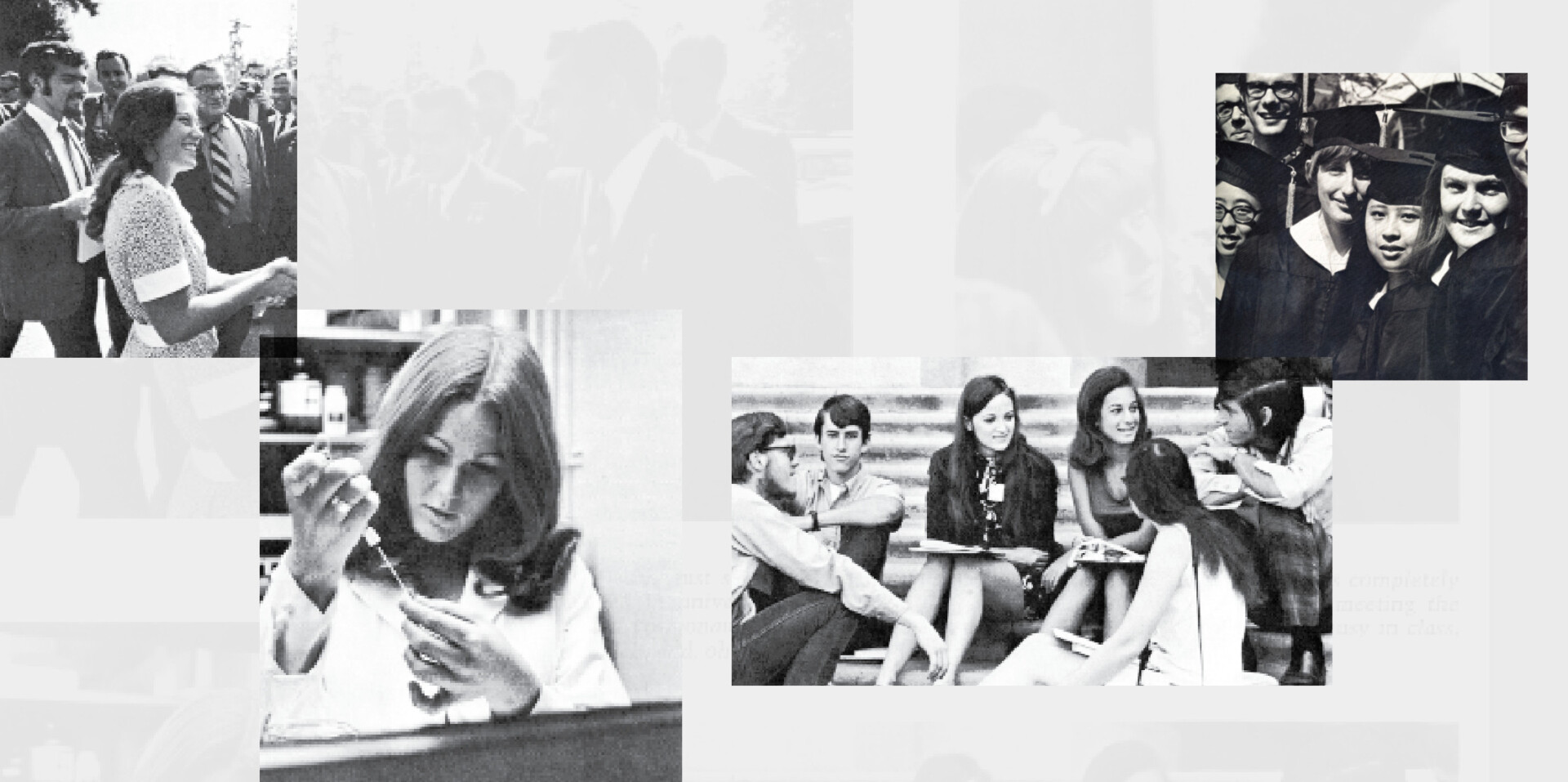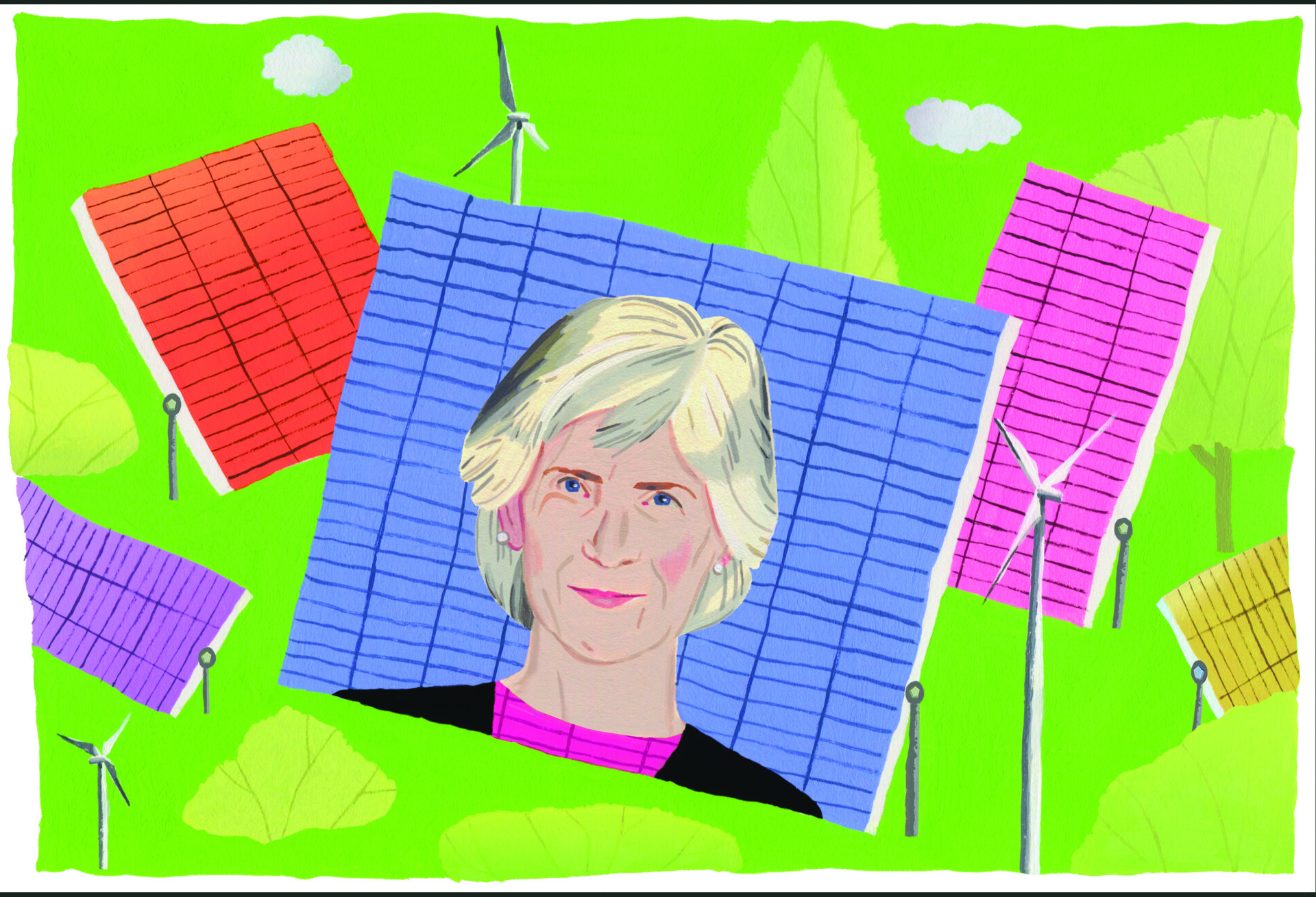The Price of Pixels
NFT platform founder Matt Lim, BS (BS ’17) on the future of the form
by Dan Morrell

Photography by Webb Chappell
To Matt Lim, BS (BS ’17) the non-fungible token (NFT) movement feels like the perfect culmination of his varied interests. At Caltech, he designed and printed shirts, made music, and even won the student poetry contest in 2016. All the while, he was getting deeper into computer science, creating, for instance, a website where you could play a digital version of the Omnichord, a favorite electronic instrument. These two paths aligned when a friend first turned him onto NFTs in early 2021. He was quickly hooked, launching an NFT platform as part of a hackathon later that year.
In December 2021, Lim launched his second NFT platform, Formfunction, which focuses on growing and supporting independent NFT artists. In this Q&A, Lim explains why he’s focused on helping digital artists thrive—and why he believes in the future of the form.
“…there are a lot more applications and opportunities in the space besides just selling really expensive art and collectibles.”
— Matt Lim, BS (BS ’17)
What do you think the world still misunderstands about NFTs?
Matt Lim: A lot of people still don’t understand the value of it—and part of this misunderstanding has to do with the underlying technology. To understand NFTs, it’s helpful to understand blockchain technology—but simply put, NFTs are the best way to represent digital assets. Digital assets were a thing before NFTs, but compared to their web2 counterparts, NFTs are far easier to buy, sell, and display.
People also don’t understand that there are a lot more applications and opportunities in the space besides just selling really expensive art and collectibles. There are many inherent advantages to the technology around ownership and identity, and as we move more towards a digital world, more and more use cases will pop up.
How does Formfunction differ from existing NFT platforms?
ML: The main difference between us and big NFT marketplaces like OpenSea or Magic Eden is that we’re really focused on helping independent artists and creators make a living with NFTs. And beyond the marketplace, we want to build a support system for artists with things like community management, analytics, and even fundraising for longer-term projects. That last idea is something we’re really excited about. A lot of artists want to create something bigger, like a short film or a comic book, and we think NFTs are a really good fundraising vehicle to make those kinds of creative projects happen.
How have NFTs challenged our traditional measures or definitions of art?
ML: Usually when people think of buying art, they’re thinking of buying a painting or a print—and for artists, that’s not always the easiest thing. It’s hard to ship a painting and in order to make prints, you have to connect to some third-party service that will produce and ship it. NFTs allow artists to produce their work and not need to go through the process of making something physical or printing it or shipping it. They sell their art for the art’s sake. And I think that’s super cool.
Related Articles
-

A Legendary Hack Turns 40
In this moment of Caltech mischief that required months of planning, students Ted Williams, PhD (BS ’84) and Dan Kegel (BS ’86) manipulated the sco...
-

The Pioneers
On the 50th anniversary of their graduation, the first four-year female graduates reflect on their time on campus—and where they went from here.
-

All In
The key to a more sustainable future? Make sure everyone can join the hunt for solutions, says National Energy Technology Laboratory director Maria...